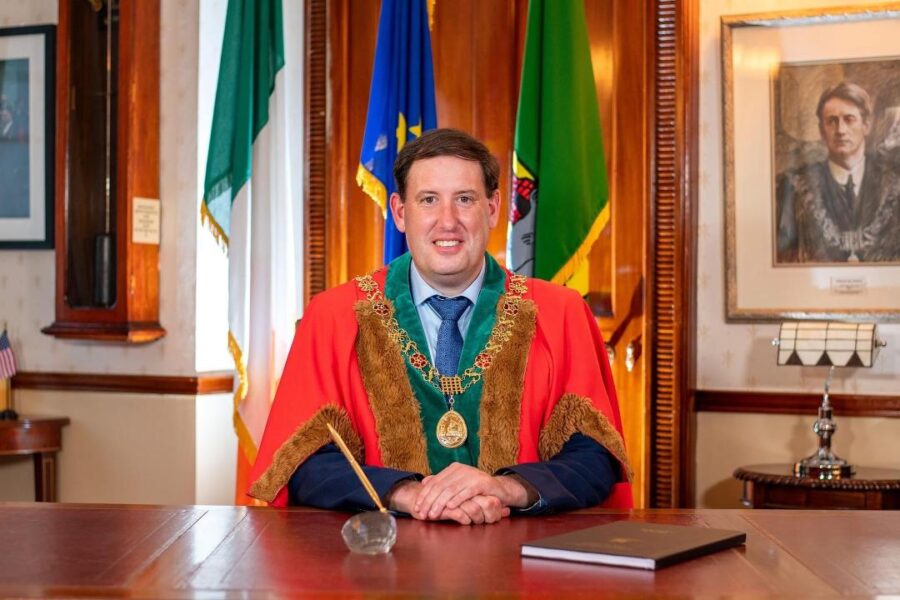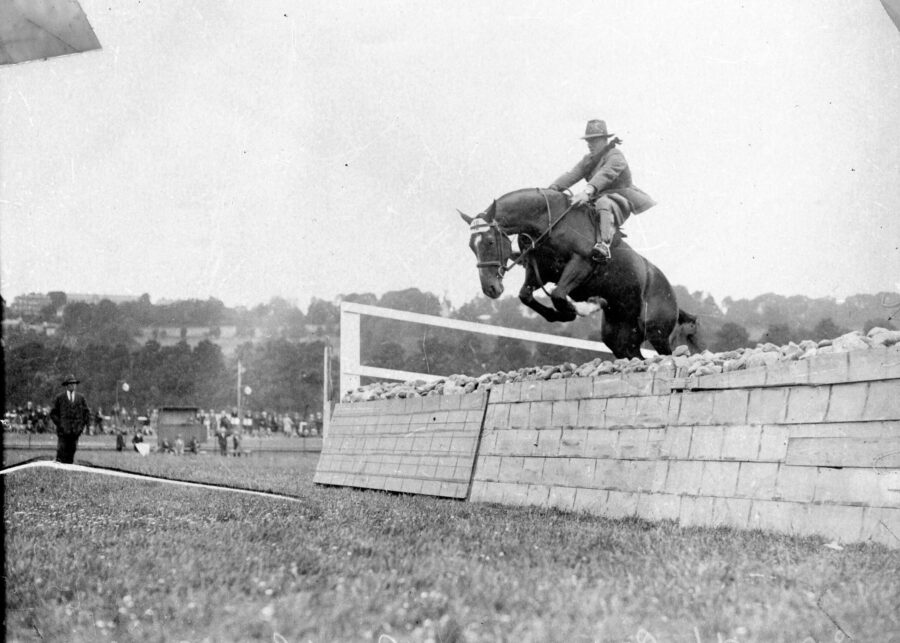
Kieran’s Our City, Our Town Article,
Cork Independent, 20 July 2023
Spirit of Mother Jones Festival 2023
The 2023 Spirit of Mother Jones Festival will take place in the Maldron Hotel, Shandon from Thursday 27 July to Saturday 29 July.The festival celebrates the life and achievements of Cork woman, Mary Harris. She was born in the Shandon area in 1837 and went on to become Mother Jones, known as the “most dangerous woman in America” due to her activism on behalf of the miners, and exploited workers.
The 2023 Festival poster which features the stunning new portrait of Mother Jones by artist Lindsay Hand which was commissioned by the Consulate General of Ireland in Chicago. The original is currently on display at the Consulate.
It has a wide programme of events for everyone. From trade union leaders like Mick Lynch to historians like Anne Twomey and Liz Gillis to Freewoman of Cork City Mary Crilly, the festival will cover a wide range of topics. Full details can be obtained from the website www.motherjonescork.com.
According to Jim Nolan of the Cork Mother Jones Committee, there will be 20 events:
“We will have over 20 events ranging from challenging talks and lively discussions, to walks and exhibitions, to singing, traditional toasts and music all related to the festival’s themes of social, labour and environmental justice and human rights in celebration of Cork’s Rebel Daughter, Mother Jones.
We wish to thank our sponsors in particular the Cork City Council, the Cathedral Credit Union, the SIPTU trade union, the ASTI Trade union and many other unions and individuals who help by their support and sponsorship. Through their assistance this festival and summer school remains free and open to all to participate in and enjoy”.
Speakers will include Liz Gillis, Mary Crilly, Mick Lynch, Eoghan Daltun and many more as well as regulars such as Anne Twomey, Luke Dineen as well as walking talks by Maggie O’Neill and Peter Foynes. The return of the Cork Singers’ Club, Jimmy Crowley, Johnny Nyhan as well as the Cork Ukrainian Choir and singer Martin Leahy should ensure entertainment for all.
The Festival will feature documentaries such as the trade union classic Salt of the Earth from 1954 as well as a timely documentary on the “Mother” of the Environmental movement Rachel Carson.
The very active Cork Mother Jones Committee members work hard to create the festival, which ranks among the most popular summer schools in Ireland, throughout the year on an entirely voluntary basis. They are grateful too to the wonderful Shandon Community for their positive role in holding this festival.
Mary Harris was born in Cork in 1837 and was baptised by Fr John O’Mahony in the Cathedral of SS Mary’s & Anne on 1 August of that year. As with thousands of other children on Cork’s north side, she was baptised in the 200-year-old baptismal font which is still positioned at the entrance to the North Chapel. Her parents were Ellen Cotter, a native of Inchigeela and Richard Harris from Cork city.
Mary had two brothers, Richard born in 1835 in Inchigeela, and William in 1846, her sisters were Catherine born in 1840, and Ellen in 1845. William later became Dean of St Catherine’s in Toronto and was a noted Catholic author and scholar. The Harris family lived through the Great Famine, which claimed thousands of lives in the slums of Cork City. They then survived the horrors of the coffin ships when the family emigrated to Toronto in the early 1850s.
By 1860, Mary had qualified as a teacher and was teaching in Monroe, Michigan. She later worked as a dressmaker and married George Jones, an iron moulder, and who was a member of the International Iron Moulders Union. They settled in Winchester Street in Memphis, Tennessee. George and Mary had four children, Catherine in 1862, Elizabeth in 1863, Terence in 1865 and Mary in 1867. After living through the American Civil War, tragedy struck the Harris family and George and his young family was wiped out by the yellow fever epidemic in 1867 in Memphis. Mary survived this appalling horror.
Mary went to Chicago where she resumed her dressmaking, established a little business. Again disaster struck when on 9 October 1871 the great fire of Chicago destroyed her premises. Little is known of Mary for a decade or more however it seems that she became very active in the growing Labour movement which was then organising for fair pay and decent working conditions in the factories, mills and mines of a rapidly industrialising North America. It was a time of huge labour ferment with rail strikes in 1877 and the 1886 Haymarket incident in Chicago. Mary’s political and social consciousness led her to support the underdog in society and she got involved into active union activity.
In 1890, the United Mine Workers union was formed; many of the tough union organisers were Irish and Mary too became an organiser. She was nearly sixty years old. As a woman operating in a rough male world of miners and mining pits, she was utterly fearless. She was outspoken and she cut an inspirational figure, being immaculately dressed in her long black dress, bonnet and carrying a handbag amidst the industrial debris of coal pits.
Mary witnessed the terrible conditions under which thousands of men, women and young children worked. In this decade she helped miners to demand better pay and conditions in Alabama, West Virginia, Colorado and Pennsylvania. She had become known as “Mother Jones” to countless thousands of workers. In 1903, Mother Jones led the March of the Mill Children from Pennsylvania to New York, in which highlighted the exploitation of young children in the mines and factories in America. By then she had become known as “the most dangerous woman in America”. She also organised women workers and she became one of the most famous women in America being front page news for decades as a result of her union activities.
In 1905 Mary was the only woman at the inaugural meeting of the Industrial Workers of the World (Wobblies). She became a confident of James Connolly and was arrested and jailed many times in her quest across America for justice for workers. Her cry of “Pray for the dead and fight like hell for the living” has resonated through the decades. Mother Jones was now in her seventies and remained active in the face of injustice. When she passed away at the age of 93 in 1930, tens of thousands attended her funeral. Over 50,000 people attended the dedication of her grave memorial on 11 October 1936 at Mount Olive in Illinois.
Kieran’s Upcoming Tour:
Saturday afternoon, 29 July 2023, Views from a Park – The Black Ash and Tramore Valley Park & Surrounds, historical walking tour; meet at Halfmoon Lane gate, 2pm (free, duration: 90 minutes no booking required).
Caption:
1121a. Mother Jones by artist Lindsay Hand (source: Consulate General of Ireland, Chicago).

